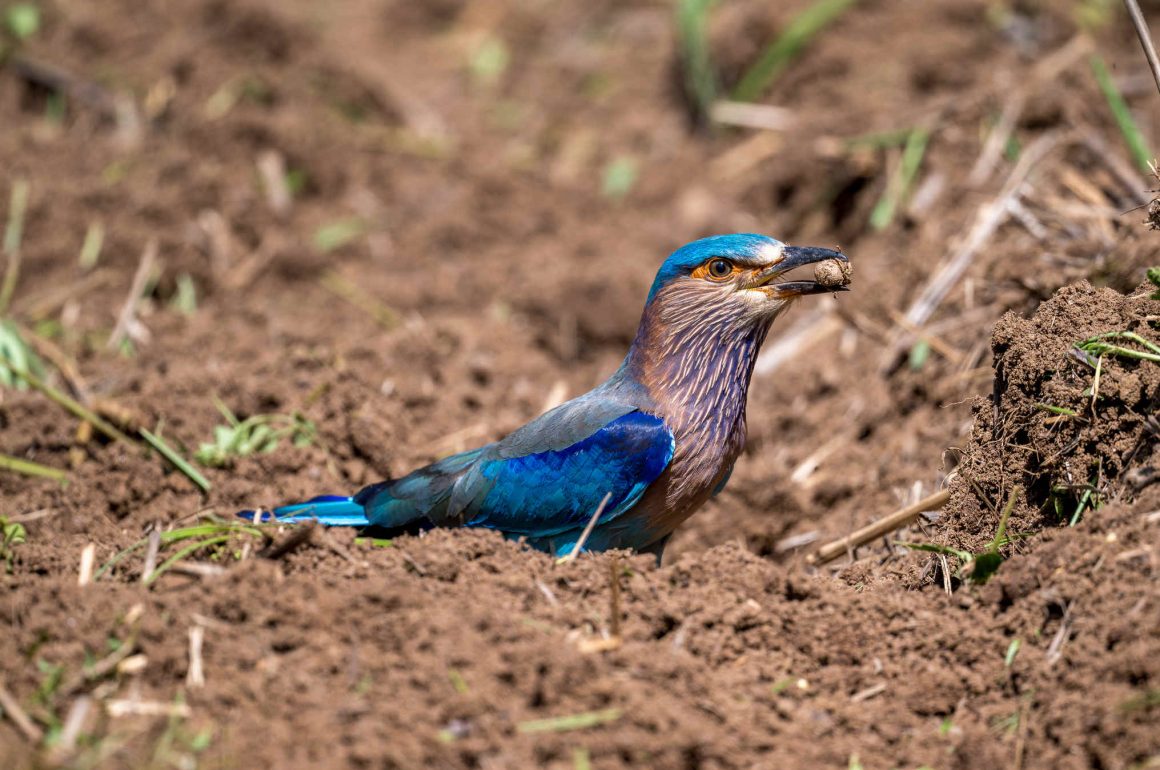
If you think that a post on open country birding should include raptors, I would agree with you. Raptors such as the Brahminy Kite.
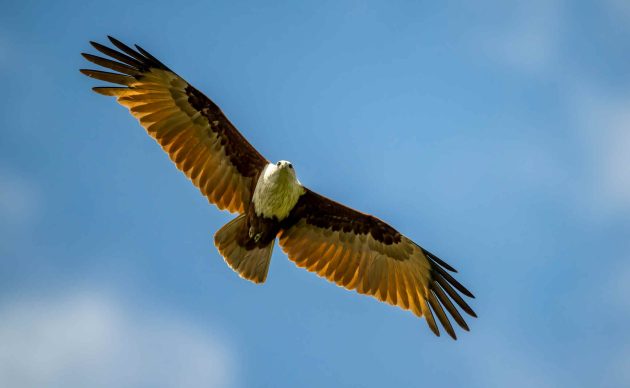
Like humans, Brahminy Kites are liable to suffer from atherosclerosis, the buildup of fats, cholesterol, and other substances in and on the artery walls (source). Unlike in humans, atherosclerosis is very rarely caused by smoking or obesity.
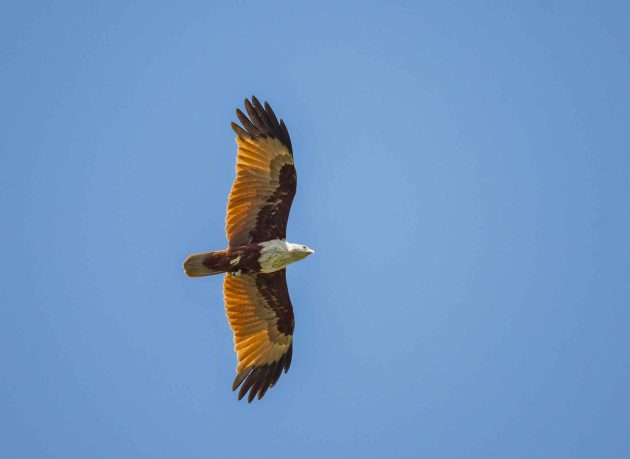
Another potential medical problem of the kites is a complete diaphyseal humeral fracture – and some vets in Bangladesh have not only figured out what this is (unlike me) but also surgically corrected it in a juvenile kite (source).
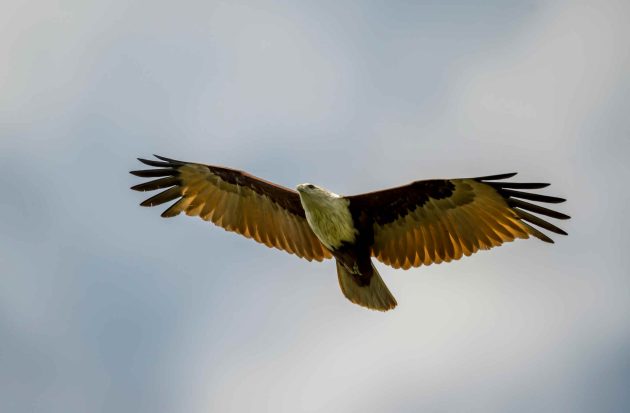
If that Brahminy Kite was then released in Cambodia rather than in Bangladesh, it might join some other individuals of the same species in fishing with Irrawaddy dolphins in the Mekong River (source).
Other raptors around Sigiriya include the White-bellied Sea-eagle…
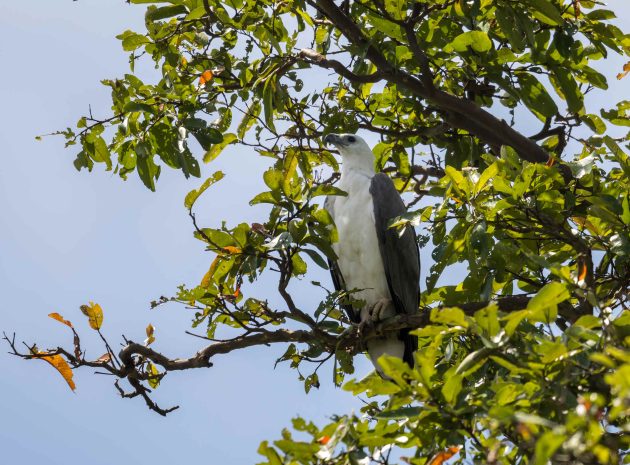
… Changeable Hawk-eagle …
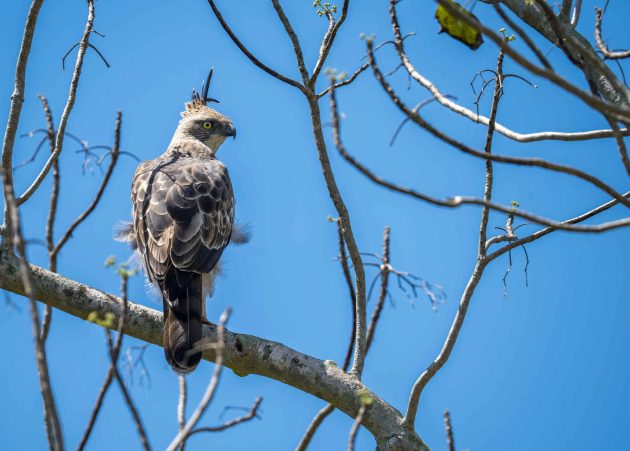
… and Shikra. The latter is also the cringeworthy name of an MLLM that can handle spatial coordinate inputs and outputs in natural language, thus solving the issue that the “natural referential ability in dialogue remains absent in current Multimodal Large Language Models” (no, I do not understand that either).
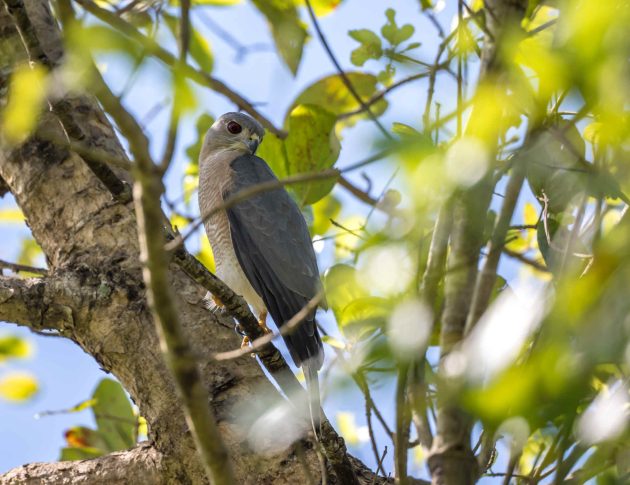
The name is explained in a footnote of the paper: “Shikra is a hunter’s companion, capable of understanding human language and gesture instructions, and locating and capturing prey in the wild.”
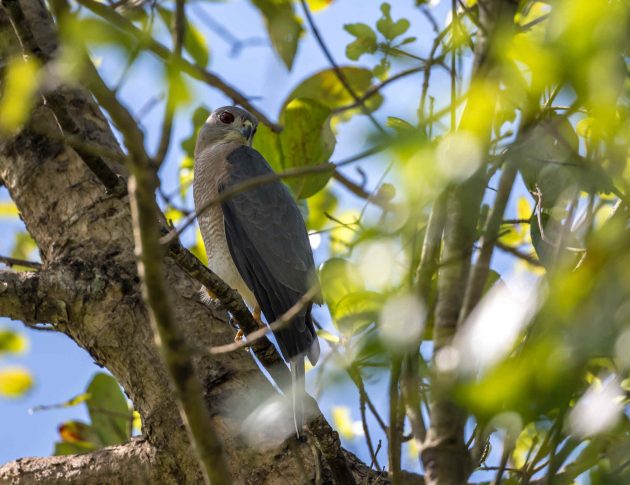
Indeed, Wikipedia states that the Shikra was a favourite among falconers in India and Pakistan due to the ease with which it could be trained (though the authors of the paper cited above are Chinese).
The Ashy Prinia has several different nest types – one is “constructed inside two or three leaves which have been stitched together (very much like nest of Orthotomus[tailorbird]) or is sewn on to side of one large leaf, up to 200 stitches used to join leaves)”, according to the HBW.
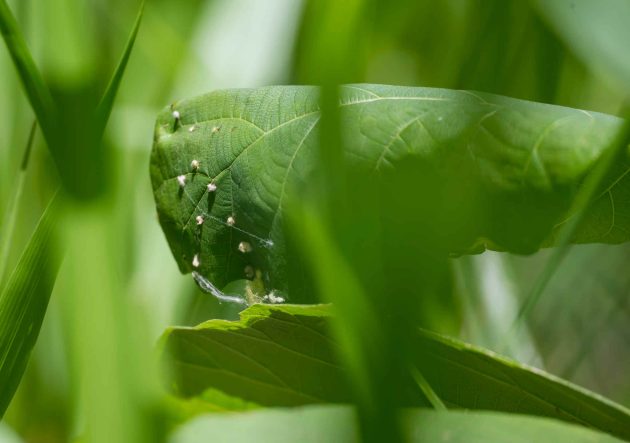
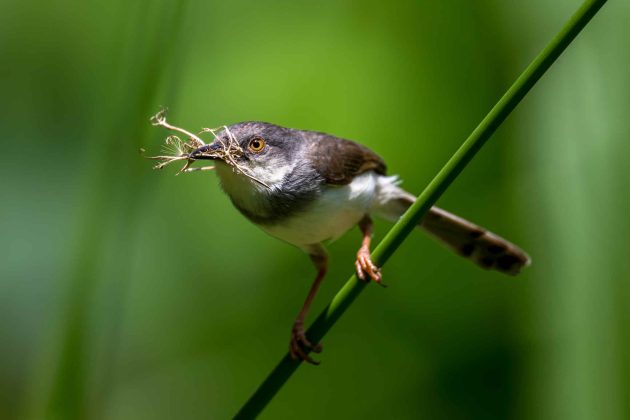
Maybe seeing an Ashy Prinia can help you deal with depression … at least this is one blog post seems to suggest. Not my thing, really, but then I probably do not even have a soul.
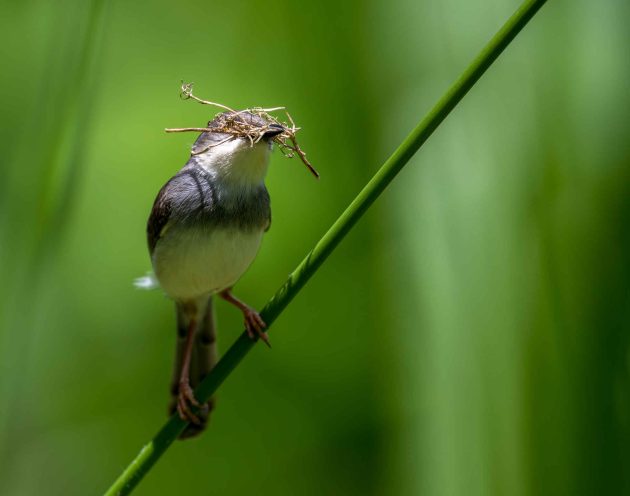
The same blog post also mentions the Indian Robin and wonders about its tail: “What really stood out was its upright tail, seemingly defying gravity. I wonder why its tail is like that?”
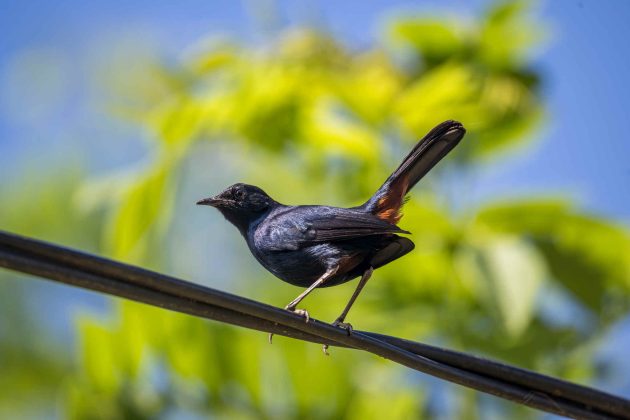
A scientific paper on the songs of the Indian Robin makes them sound somewhat less spiritual. It seems the males have two types of songs. Type-A songs are simple, stereotyped, spontaneous, and common, while type-B songs are rare, female-oriented, and more complex than type-A. Type-A songs are driven by male-male competition for territory and mates, while Type-B songs are sung in the presence of females, with shorter strophes and increased song rate, presumably to serve as an indicator of male quality (“he never gets out of breath during his long karaoke sessions, maybe I should have sex with him”).
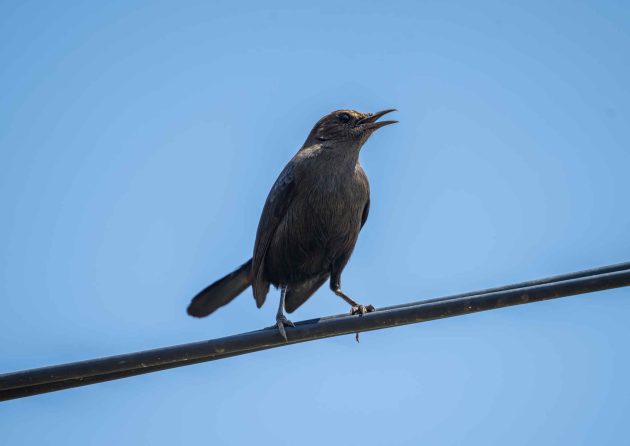
Then again, a description of interspecific feeding (an Indian Robin feeding a Brown Rock Chat chick) indicates there might be more to these robins than one would expect.
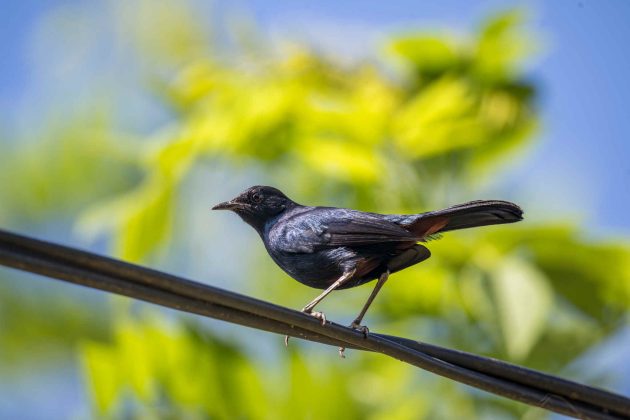
Based on its scientific name, the Blue-faced Malkoha should be called Green-billed Malkoha (Phaenicophaeus viridirostris), though neither of these two names seems to make much sense as the bill is not particularly green, and blue eyerings are hardly the same as a blue face. Yes, people turn away from me when I start talking like that at parties.
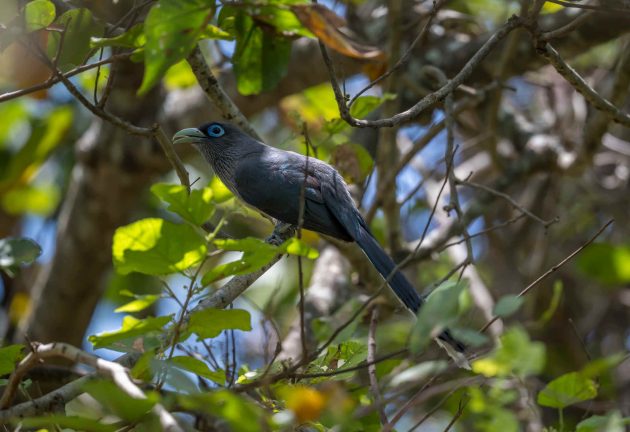
It is proud to be a non-parasitic cuckoo …
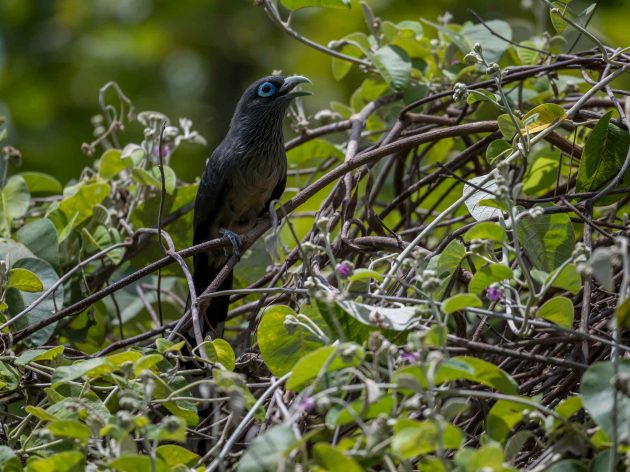
… like the Greater Coucal.
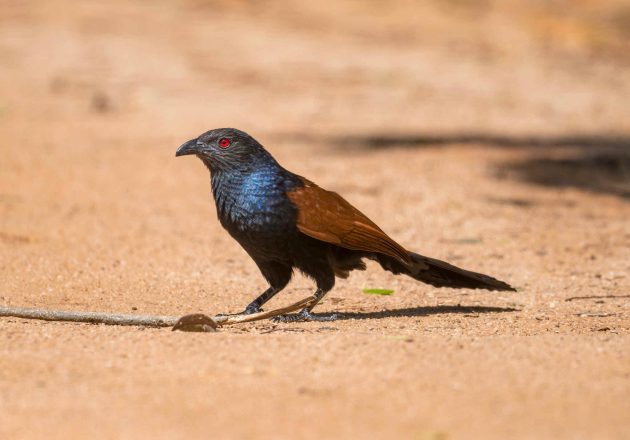
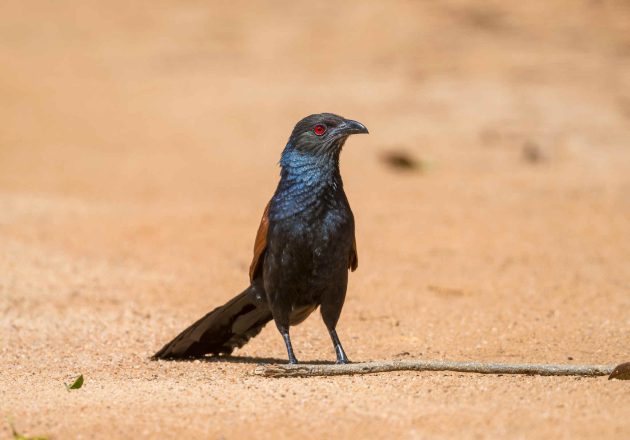
You do not need to travel to Sri Lanka to see the Indian Roller – it is common enough in India (one paper even claims that it is the most common avian species in Southern India), and a park bird in places like Dubai. But it has such fantastic colors that I was very happy to see it in Sigiriya anyway.
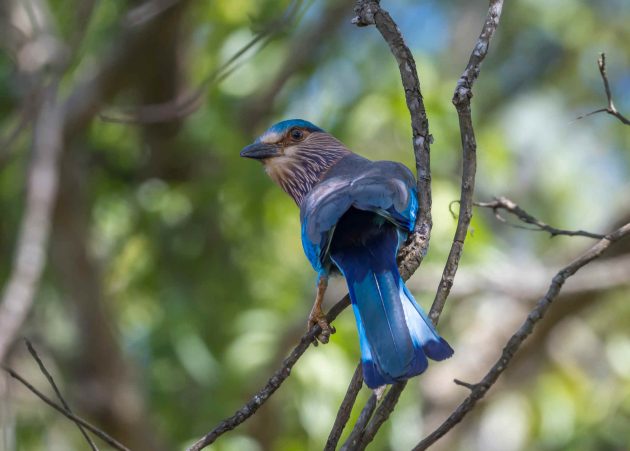
How do these birds spend their time, particularly when not being photographed? A paper gives the answer: “Birds were observed to spend most of the day scanning (57%), with the remainder divided among feeding (16%), flying (12%), preening (10%), and resting (5%).”
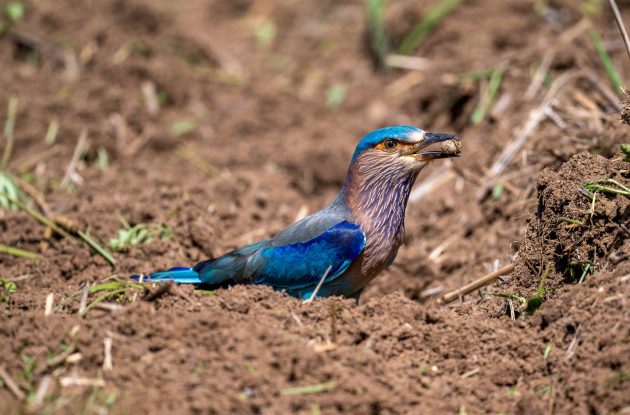
Jerdon’s Leafbird is named after Thomas C. Jerdon (1811-1872), an English physician, zoologist, and botanist.
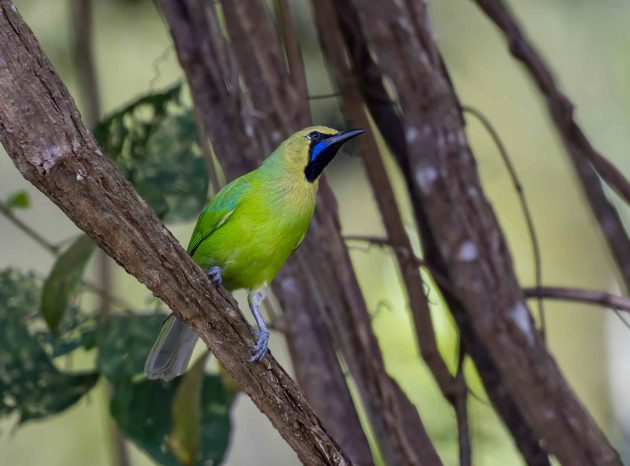
My cats would not have liked him, judging from an excerpt of the book “On the Coromandel Coast”: It is recorded that when travelling in Egypt, he obtained two crocodile eggs with which he was highly delighted. He carried one of the eggs inside his shirt next his body, and in due course of time a young crocodile was hatched … It grew rapidly … It developed a habit of travelling over the house and snapping at the heels of the inmates, and it became necessary to banish it to a tank in the garden. There, it distinguished itself by eating the house cat.’
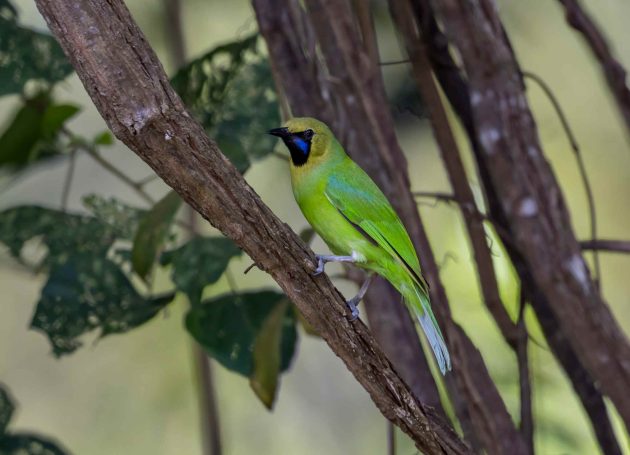
The Rufous Woodpecker mainly feeds on ants and sometimes attacks whole ant nests – see here for a description of such an attack.
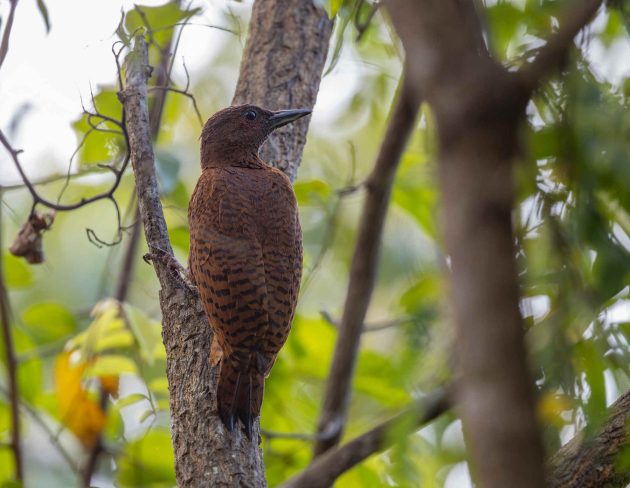
Strangely, they also build their own active nests inside ant nests. While the ants first react furiously, they later calm down. One explanation is that the lactic acid secreted by the ants gets smeared on the birds and their eggs, leading the ants to mistake these as parts of their nest.
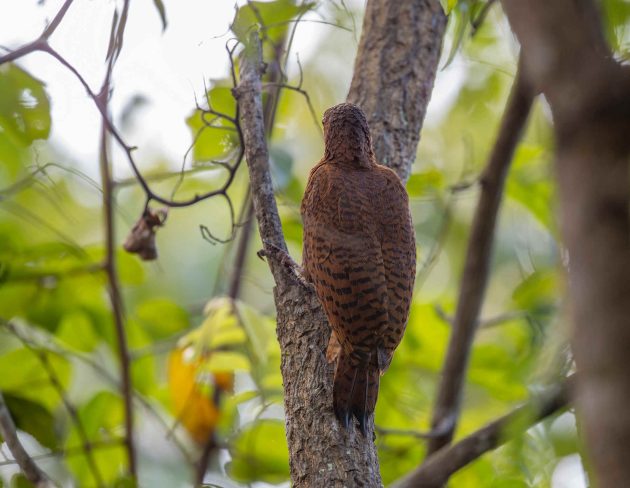
The red stripe under the eyes of this Rufous Woodpecker indicates that it is a male.
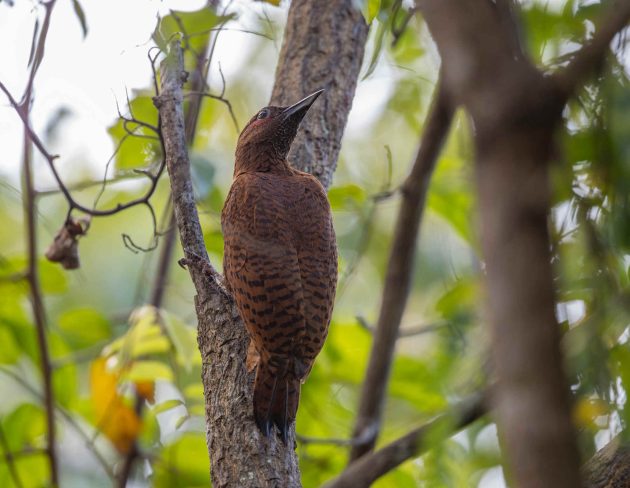
As you can guess from the name, the Brown-capped Pygmy Woodpecker is substantially smaller – 13 cm compared to the 25 cm of the Rufous Woodpecker.
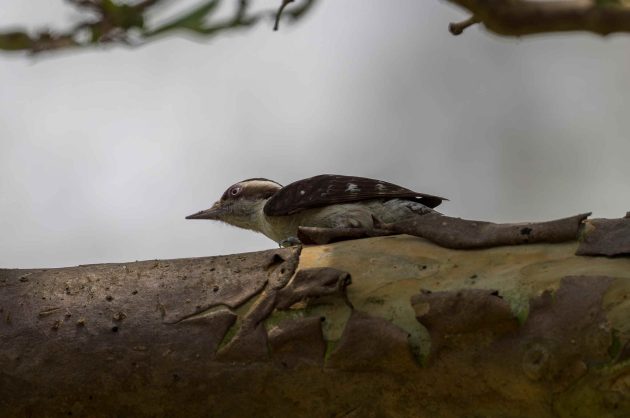
The male again is marked by a bit of red, though it is at the back of the crown.
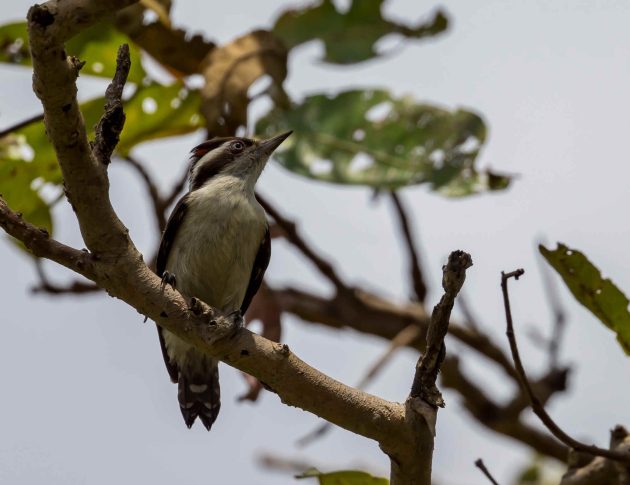
Its scientific name Yungipicus nanus is not an advertisement for a failed Indian car but simply also indicates that it is a small bird (nanus means dwarf).
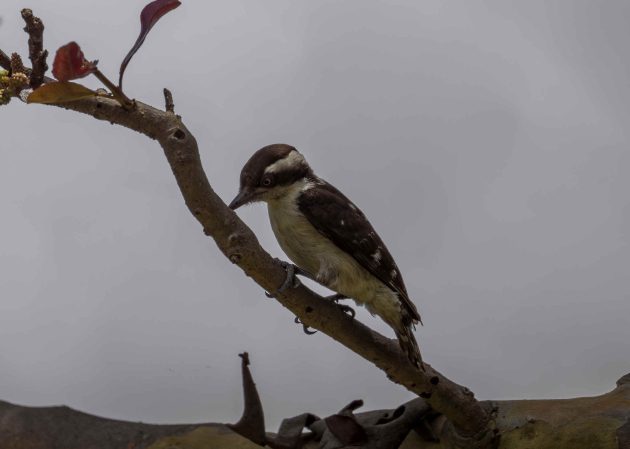
(Strangely, while the Tata Nano is generally believed to have been a failure and never met its high sales expectations, a Harvard Business School case study states that the car “was a runaway bestseller”. I guess it is hard to promote case studies of failed cars …)
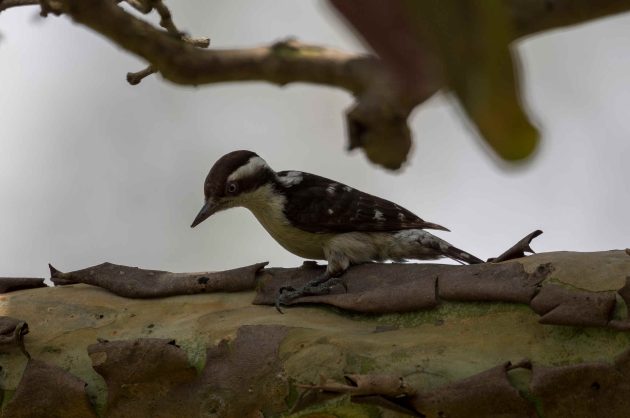
When Indians do not contemplate the commercial failure of this car, they seem to spend a lot of time observing Coppersmith Barbets, …
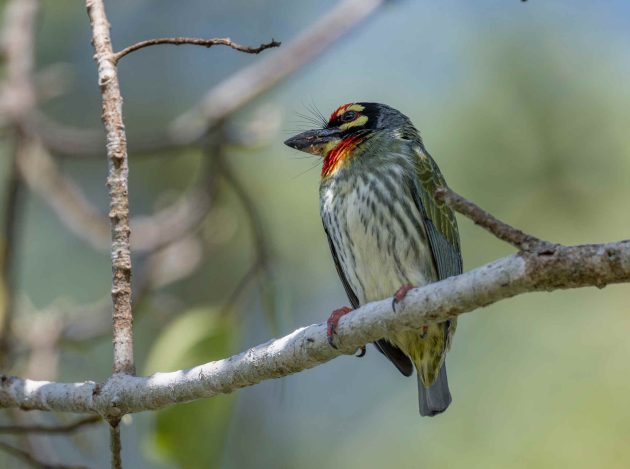
… resulting in papers on unusual nesting sites, such as in bamboo poles …
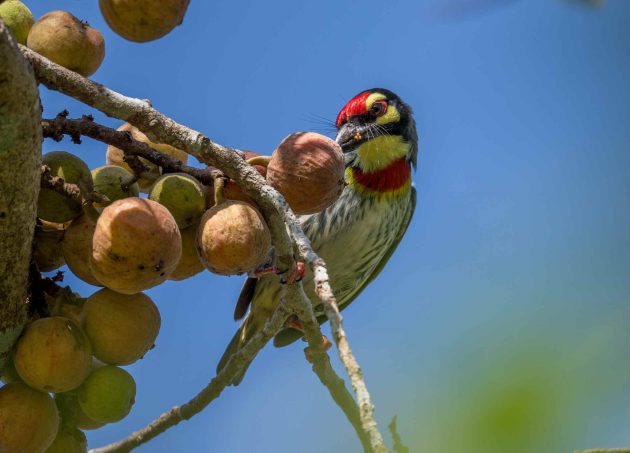
… on birds roosting in electric poles …
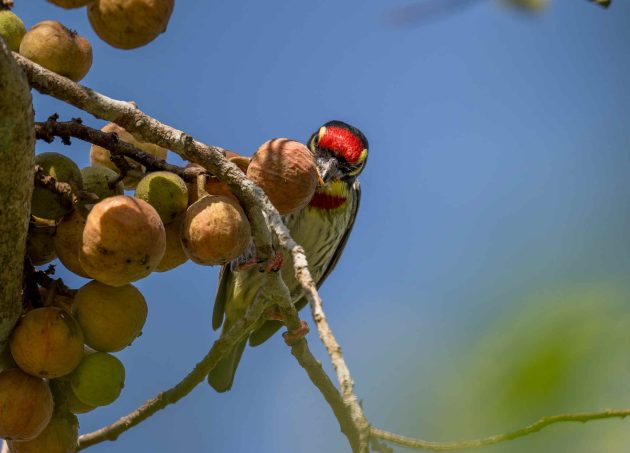
… and on their courtship behavior.
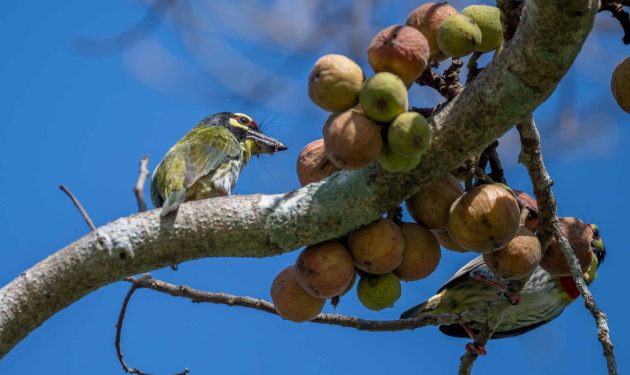
Here are a few more species not only common in the Sigiriya area and Sri Lanka in general but also in large parts of India: Common Iora, male …
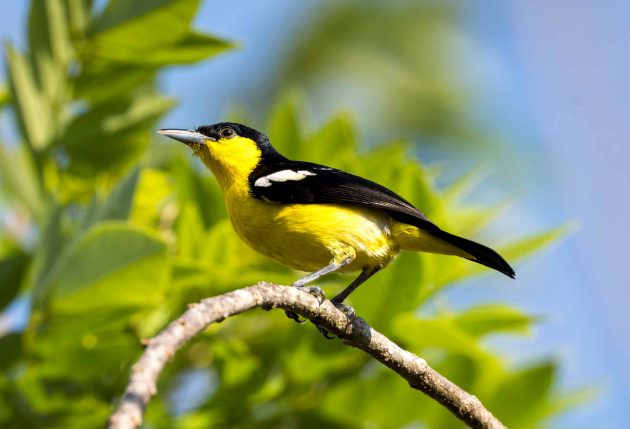
… and female.
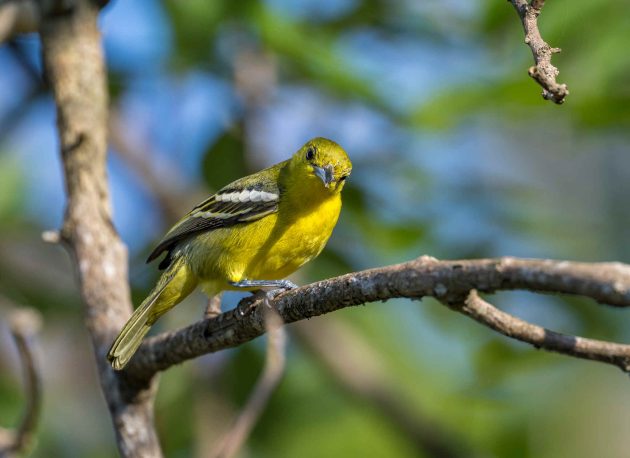
Also, Yellow-billed Babblers. They are a highly social species, making me hope I will never encounter them at parties.
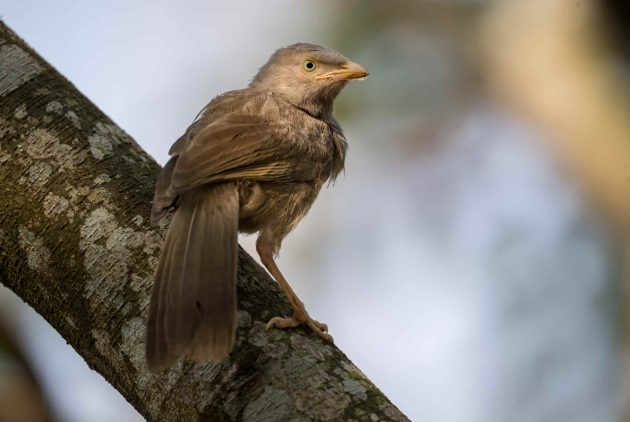
They live in flocks of 3 to 15 individuals and maintain flock cohesion by allopreening – which seems to be the equivalent to cooking together and giving each other back rubs and foot massages in people living collectively.
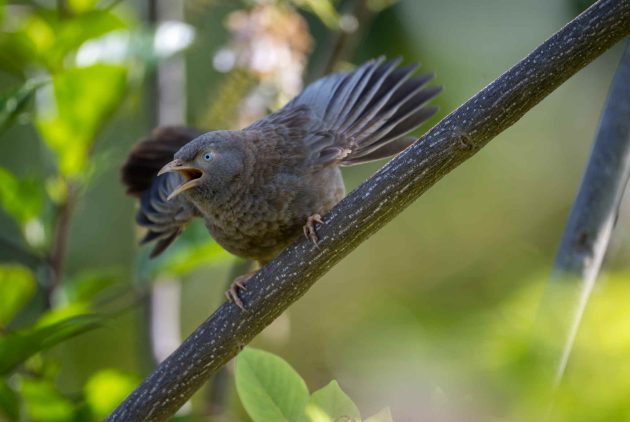
The HBW helpfully informs readers that “it is especially common to find them [Yellow-billed Babblers] on the campuses of educational institutes.” Are they there for the education, or just to chat up students?
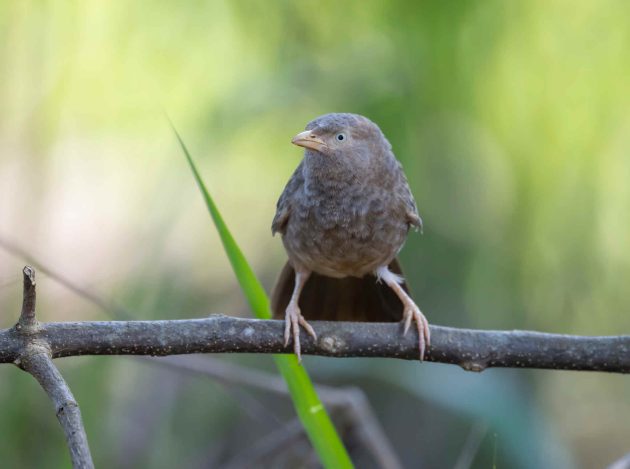
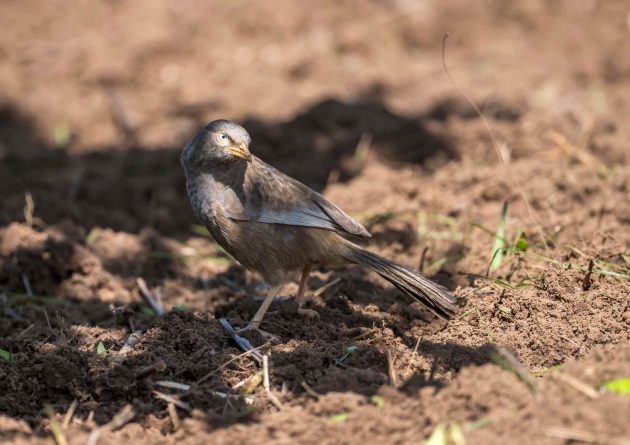
White-browed Bulbuls are among the most common bulbuls in Sri Lanka.
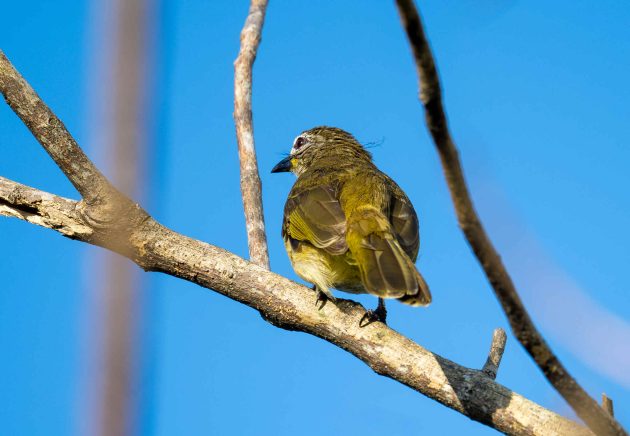
And to be common among bulbuls, you have to be quite common, is my experience from Asia …
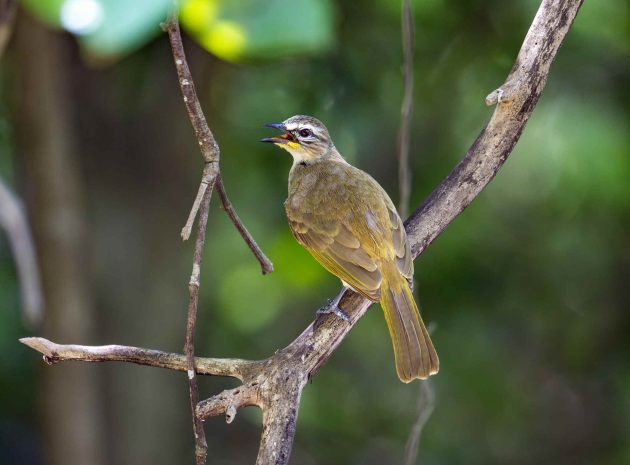
If you think that White-bellied Drongos look kind of bluish rather than just the classic drongo black …
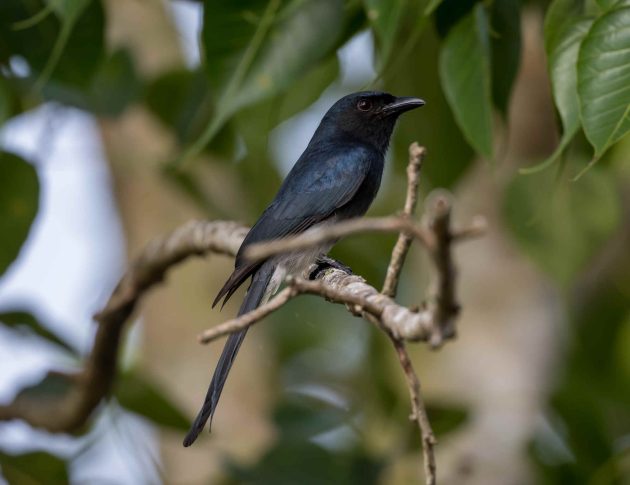
… you will be happy to learn that their scientific name, Dicrurus caerulescens, indicates just that.
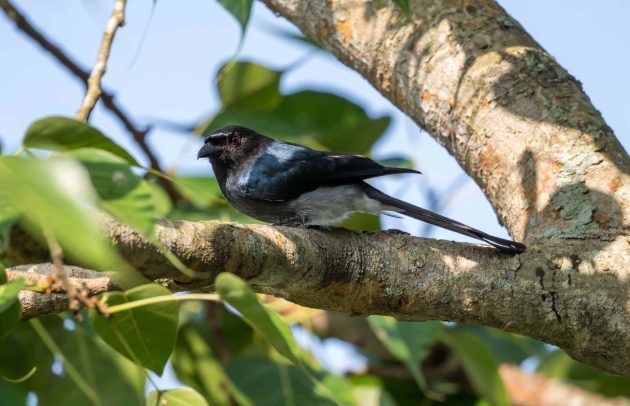
Caerulescens means bluish.
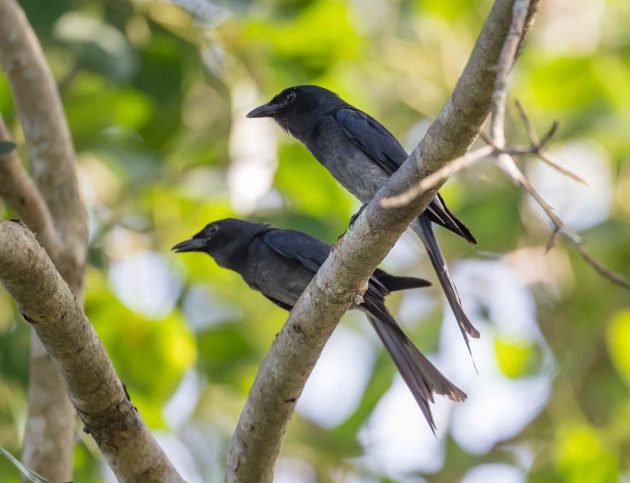
The Tawny-bellied Babbler is also reported to be a rather social bird.
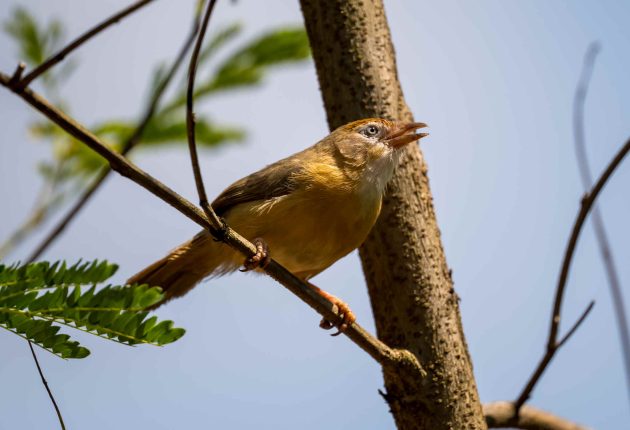
For reasons not quite clear to me, the HBW describes it as “striking”.
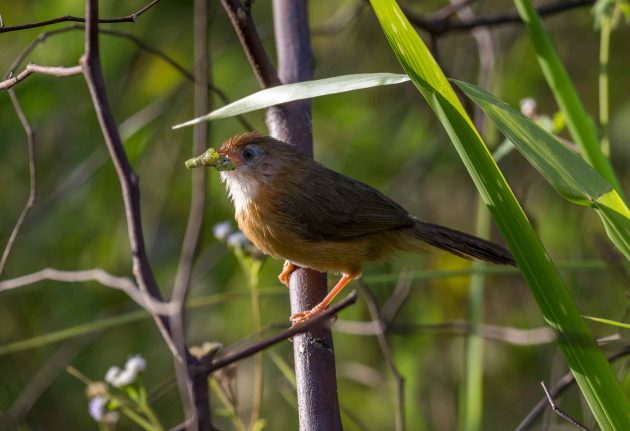
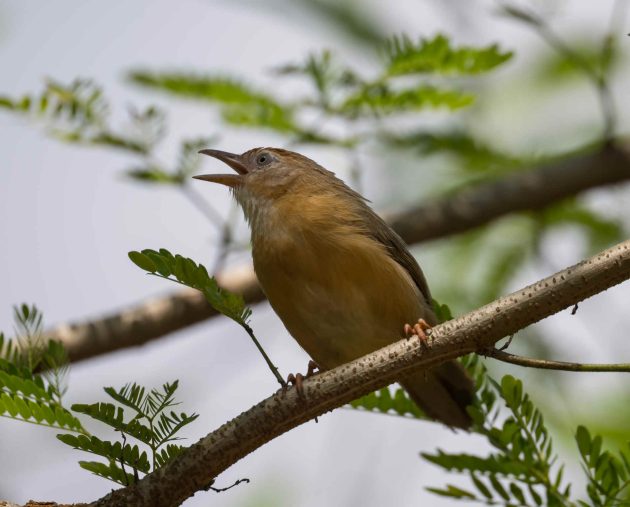
In contrast, the Small Minivet is indeed very attractive:
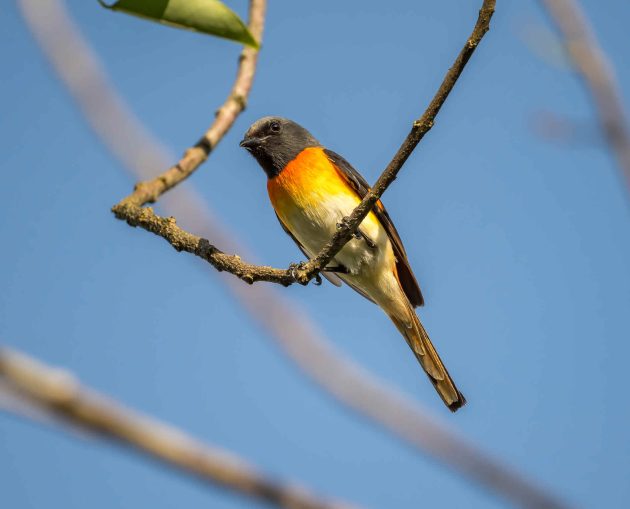
Both the male …
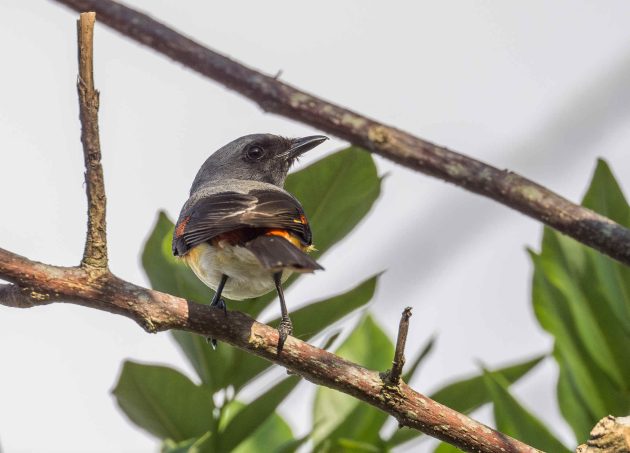
… and the female.
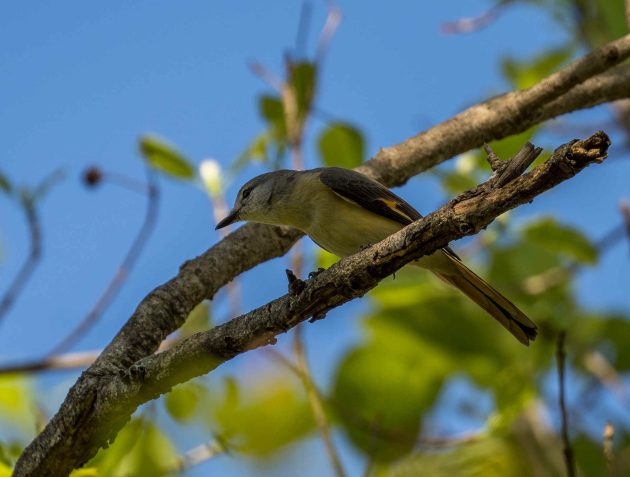
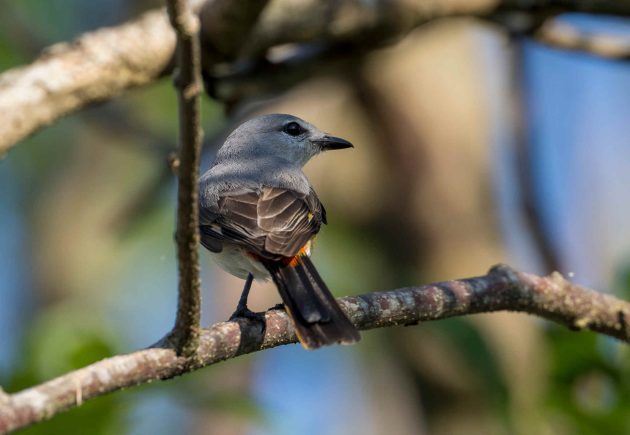
The Sri Lanka Woodshrike is an endemic and thus given a 5-second glance by avid listers rather than the 1-second glance afforded to non-endemics.
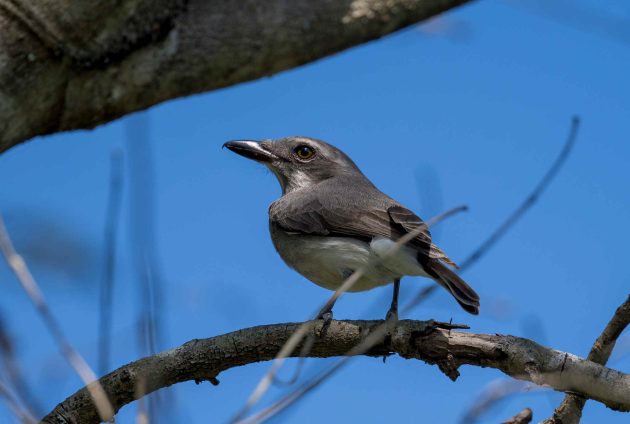
It was formerly regarded as conspecific with the Common Woodshrike …
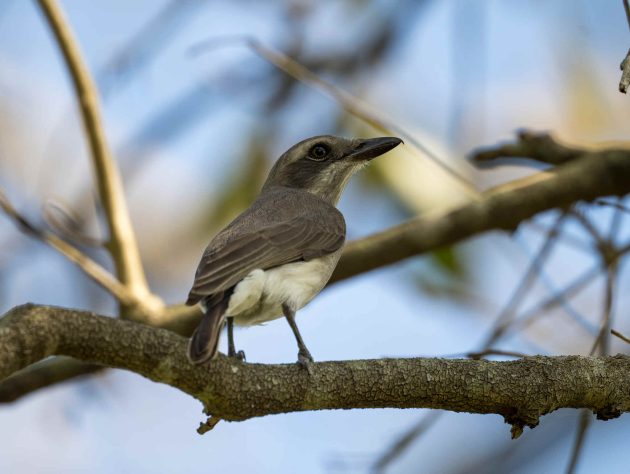
… but hated the word “common” so much that it asked for a separation.
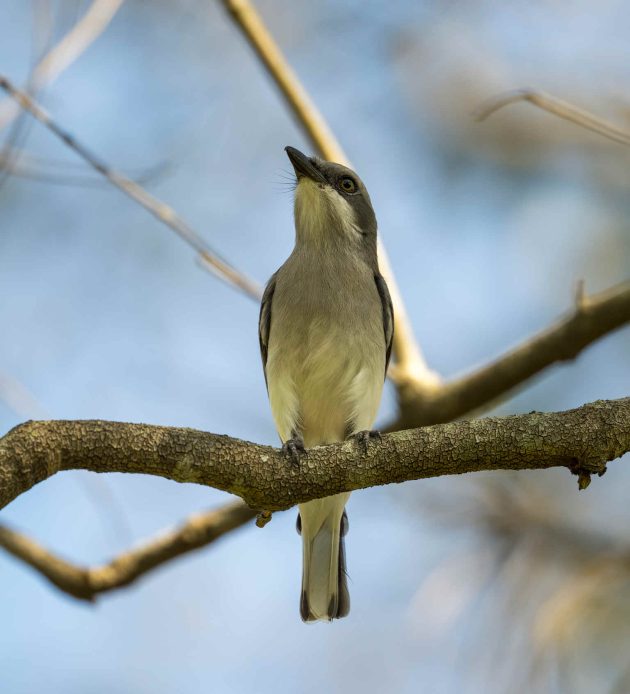
(The Common Woodshrike still claims it is a trial separation only).
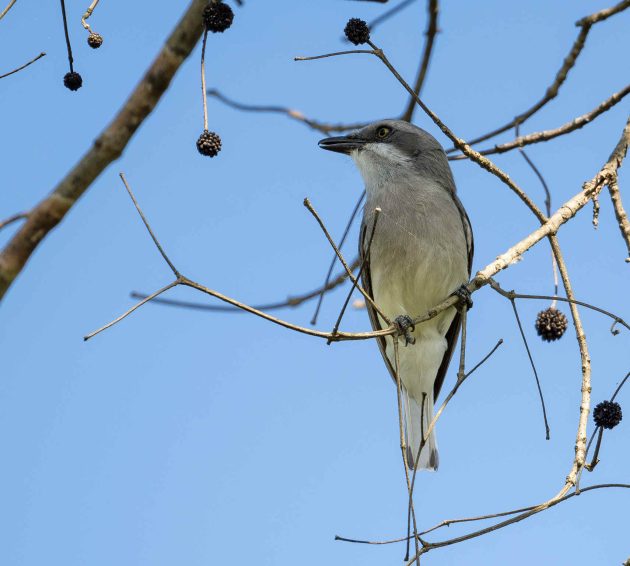
Given its scientific name Leptocoma zeylonica, one might think that the Purple-rumped Sunbird is also a Sri Lankan endemic. It is not.
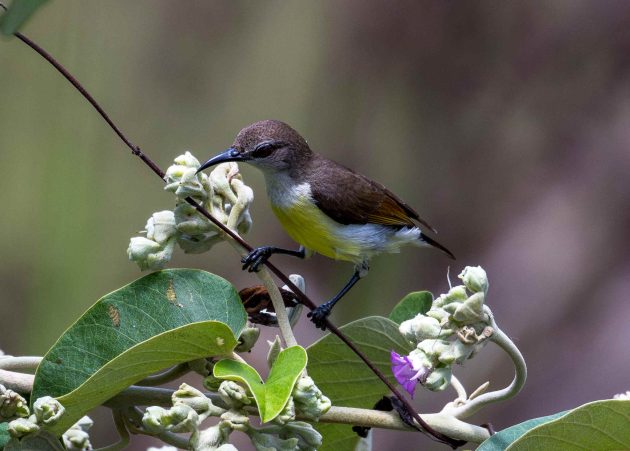
As usual with sunbirds, the females spend most of their day in unattractive indoor clothes …
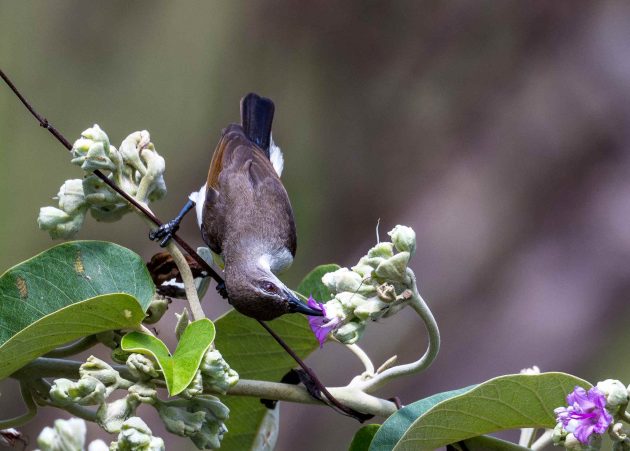
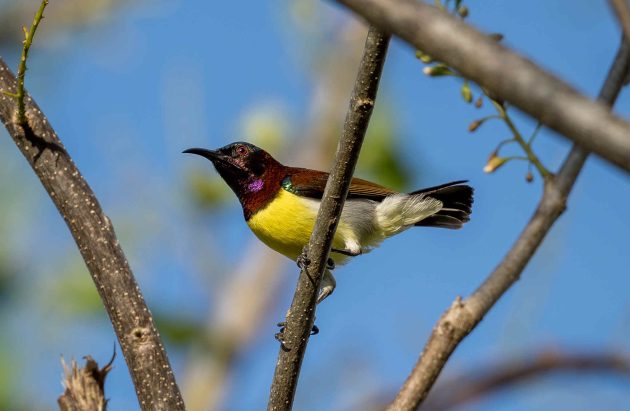
while the males are under intense pressure to look good, and dress up accordingly.
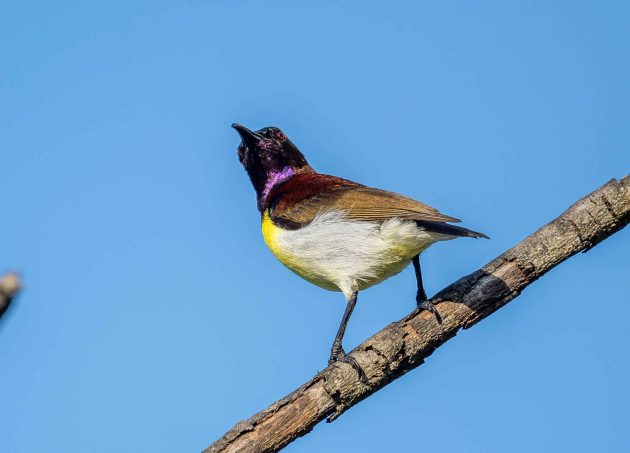
Finally, the Purple Sunbird utilizes its scientific name to advertise its broad distribution: Cinnyris asiaticus.
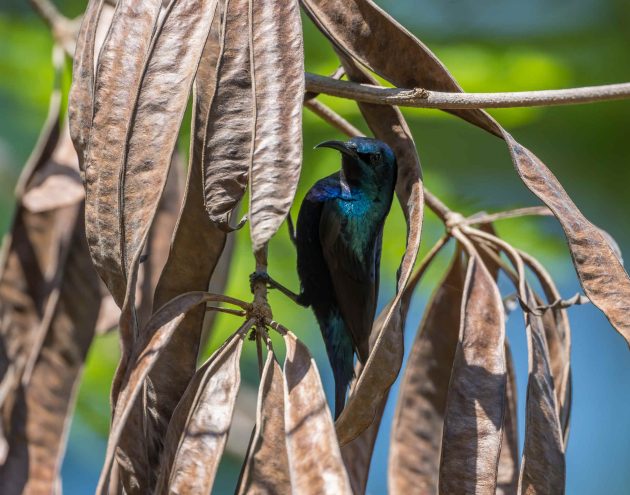
The female did not even bother to show up to the photo shooting.
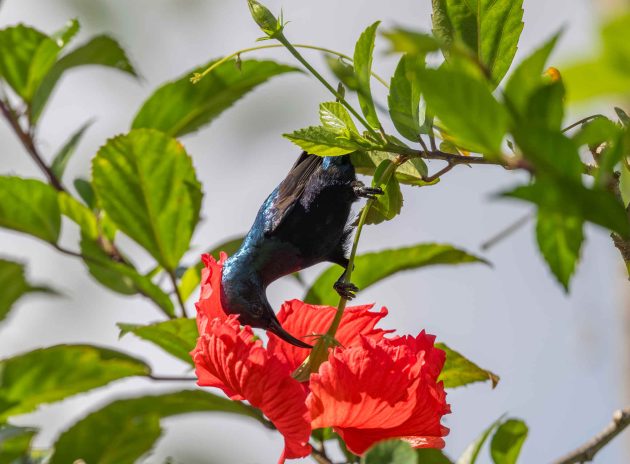






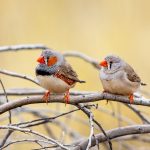


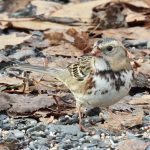
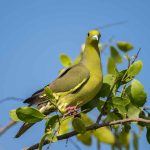
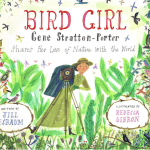

One big question remains on everyone’s lips: why would you ever even go to parties?